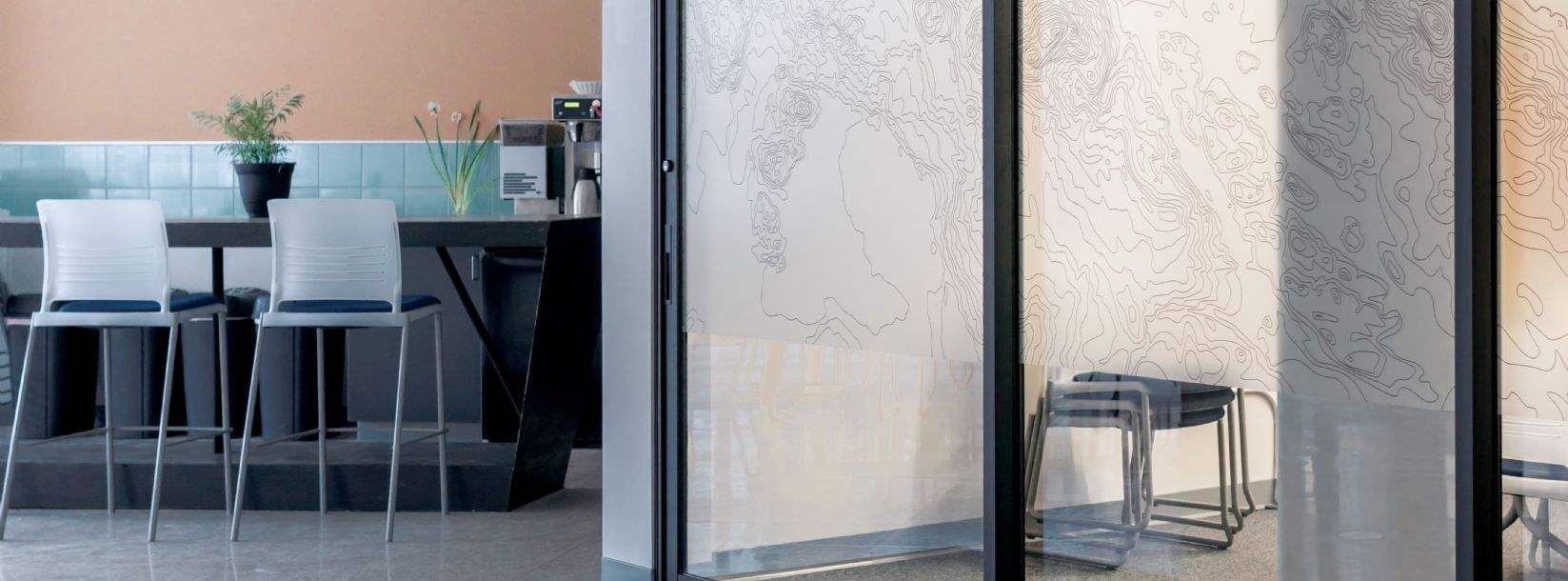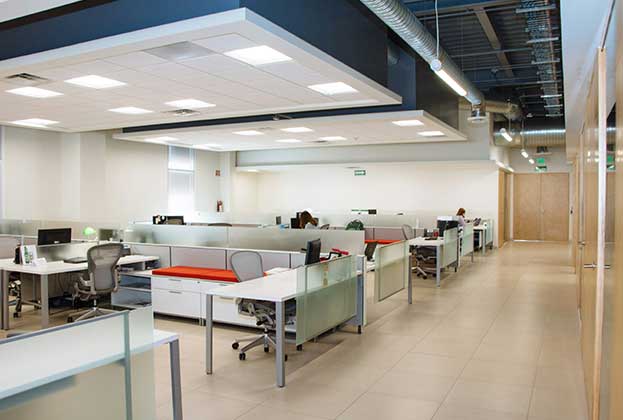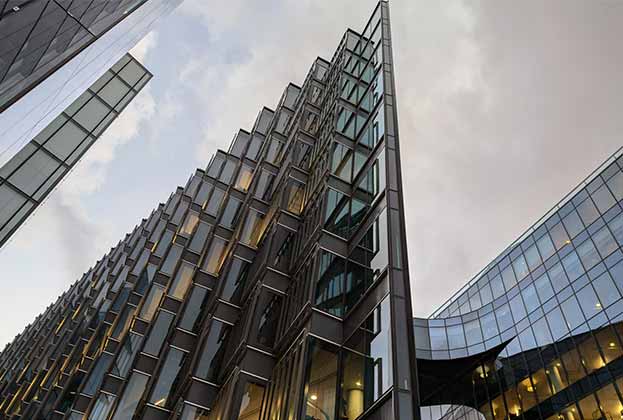The distinction between core and alternative property investments has started to disintegrate in many investors’ minds, as we see increasing numbers of ‘blended’ spaces emerge in the real estate market, combining uses such as offices with hotels or logistics with retail, as users look to space to satisfy their complete lifestyle demands.
To date, one thing that has frequently distinguished some alternatives, and has been a contributing factor to them often having higher yields, is the management risk that is perceived to accompany them. Take, for example, the care home sector. While changing demographic patterns across Europe ensure care homes have strong growth potential, the possible reputational risk involved to operators in cases involving sub-standard care means that leases are perhaps not as strong as they first appear. This has therefore deterred some investors from entering the market.
Other alternatives, such as student housing and the multi-family (private rental) sector, are also heavily reliant on operator performance and intensive management. Those investors who successfully get involved in the sector tend to be aware of such responsibilities and therefore are likely to embrace new approaches and work closely with operators to help mitigate risk and ensure success.
At the same time that investors are understanding and managing the higher risk around some alternatives, and thereby reducing them, it could be argued that the management risks associated with traditional core assets are on the rise due to an increase in blended spaces. These assets, which put service and flexibility at their core, are arguably largely reliant on the strength of the operator, and therefore the same intensive approach to management is needed to make them a success.
In addition, as the way we work continues to evolve and new generations drive occupier demand for new types of buildings and locations, the offices sector in particular is starting to undergo a shift in what are regarded as the best assets. A prime office building in a CBD let on a 15-year lease to a single corporate tenant has, for decades, been perceived as the jewel in the crown for many investors.
This is still currently the case, but leases are beginning to shorten as even large corporate behemoths are wary of making long-term commitments when they don’t quite know where they may be in five or 10 years' time in the face of seemingly unstoppable technological and demographic change. In the future, therefore, could a quirky building with multiple leases to a deep pool of small local businesses, with the income risk spread among occupiers, actually be less of a risk than a single-tenanted prime asset?
Time will tell. But if alternative assets are getting less risky and some core assets are more risky there could well be a time when their risk profiles converge. Investors therefore need to not make automatic assumptions about risk based purely on asset class but take a detailed look at assets on a case-by-case basis.

.jpg)





.jpg)


